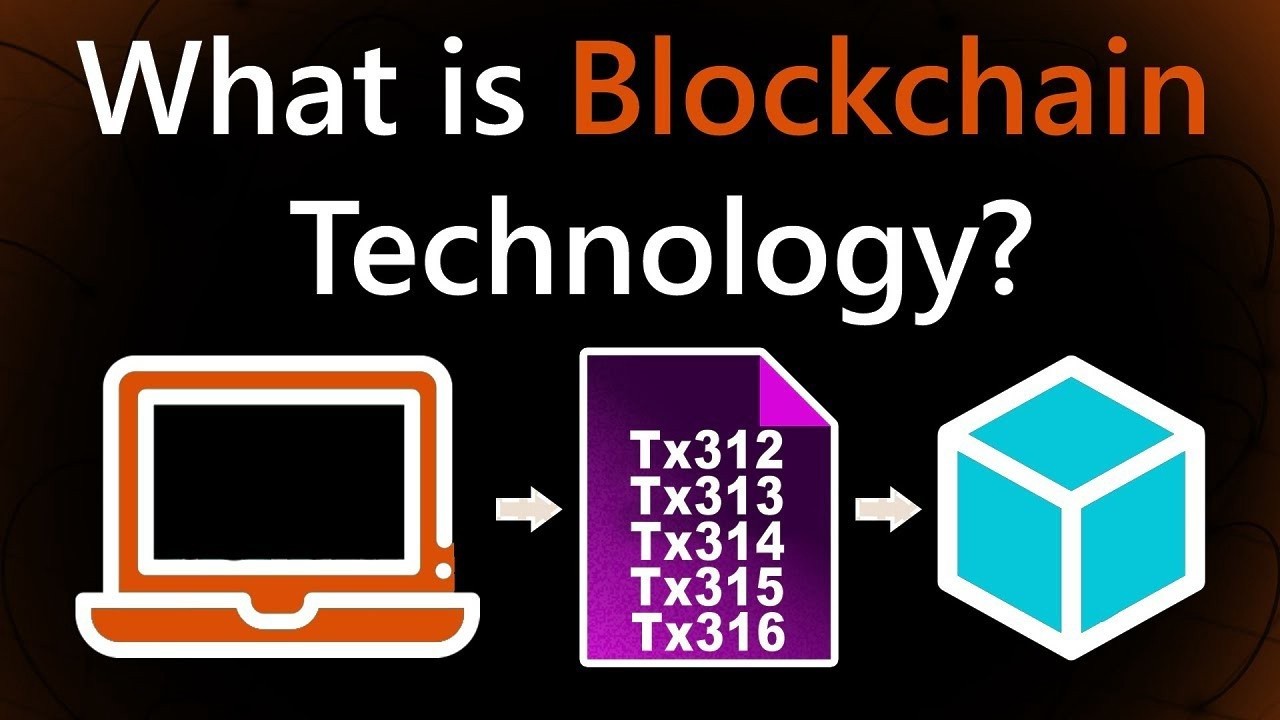

Cryptocurrencies are all the rage right now. Everyone is talking about Bitcoin, Ethereum, and Litecoin. But what are cryptocurrencies, and how do they work? This blog post will discuss the technologies behind different types of cryptocurrencies and how they work. We will also talk about the benefits of using cryptocurrencies and why they are becoming more popular every day!
Let’s get started.
The technology behind cryptocurrencies is based on the idea of a distributed ledger, which is a database that is shared across a network of computers. This decentralized approach to record-keeping has many advantages, including increased security and transparency. One of the most important aspects of the blockchain is tamper-proof.
Each block in the chain contains a cryptographic hash of the previous block and a timestamp and transaction data. Together, these ensure that each block is unique and cannot be modified without changing all subsequent blocks in the chain. This makes blockchain an ideal platform for storing financial transactions and other sensitive data such as medical records or identity information.
It also has potential applications beyond just finance, and we are only beginning to explore all the possibilities. Moreover, if you’re looking for the perfect exchange for crypto trading, you should choose Quantumai.
The defining characteristic of cryptocurrencies is that they are decentralized. No single entity controls them. Instead, they rely on a global network of computers to verify and record transactions. This network is known as a blockchain. A blockchain is a digital ledger of all cryptocurrency transactions. It is constantly growing as “completed” blocks are added with a new set of recordings. Each block contains a cryptographic hash of the previous block, a timestamp, and transaction data. Bitcoin nodes use the blockchain to differentiate legitimate Bitcoin transactions from attempts to re-spend coins that have already been spent elsewhere.
The technologies that underlie cryptocurrencies provide proof and sanctioning of transactions. This is why cryptocurrencies are often called “digital cash.” They’re also often used to purchase illegal goods or services or launder money. Cryptocurrencies use a variety of mechanisms to provide proof of work, which confirms the legitimacy of each transaction.
Cryptocurrencies also use mechanisms to prevent double-spending when someone spends the same currency more than once. Double-spending is prevented by having each transaction broadcast to all nodes in the network, and then verified by each node before it is recorded in the blockchain.
The answer to this question is found in the technologies that cryptocurrencies utilize. Bitcoin, for example, relies on a technology called blockchain. This distributed database maintains a continuously growing list of data records hardened against tampering and revision.
Each block contains a cryptographic hash of the previous block, a timestamp, and transaction data. Bitcoin nodes use the blockchain to differentiate legitimate Bitcoin transactions from attempts to re-spend coins that have already been spent elsewhere.
To achieve decentralized consensus, each node in the network must have a copy of the blockchain. Blockchain technology was first outlined in 1991 by Stuart Haber and W. Scott Stornetta, though it only gained widespread attention after being implemented by Satoshi Nakamoto as part of the Bitcoin protocol in 2009.
While there are many different types of cryptocurrencies, they all share these core characteristics:
Cryptocurrencies are a new and exciting way to store and transfer value. They use cutting-edge technologies that offer many advantages over traditional methods. If you’re looking for a safe, secure, and efficient way to transact, cryptocurrencies may be the right solution.
This website uses cookies.
View Comments